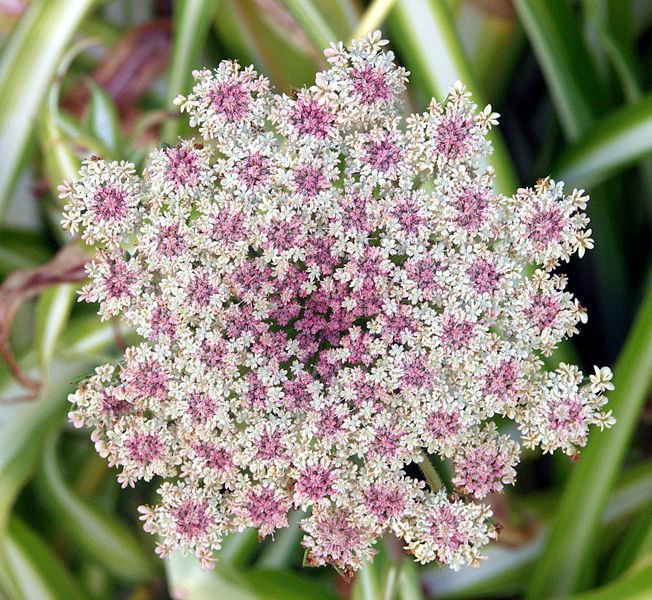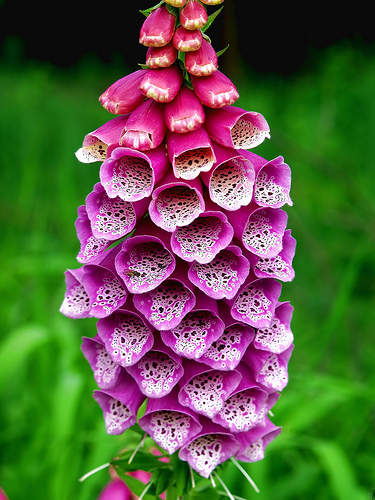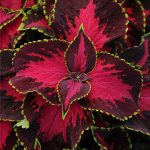Best Plants to Grow in Winter

Queen Anne’s Lace
In some corners of the world, winter is all about kicking back and enjoying the comforts afforded by a heated indoor environment. Gardening often takes a backseat until the cold weather begins to subside.
In Australia, it’s an entirely different story. The Australian winter is generally milder, marked by sunny days and cold nights. And although the soil temperature is lower, that does not mean that you cannot plant during winter.
But what exactly should you plant at this time?
Winter is the best time to plant flowering annuals.
Compared to perennials, annuals have a shorter lifespan, but that limited lifespan is marked by colour and vibrancy. The full life cycle of a flowering annual lasts about a year, starting from a seed to an actual flowering plant.

Foxglove
That may seem like a lot of effort for a reward that only lasts for a short period of time. However, your garden will look lively come winter when the other neighbouring gardens look dull. Plus, if you have extra space in your garden or if you haven’t yet made a firm commitment to a particular project that you intend to use that space for, annuals can come in handy.
If you want a blooming garden come winter time, you will need to start planting around late winter to about early spring. On the other hand, there are some annuals that can thrive during the cooler seasons and you might want to plant these during spring so you can have fresh blooms come summer. If you want your annuals to blossom during autumn, you should plant these around summer.
If you live in an area with warm weather, you can cultivate annuals all year round but you will need to make the extra effort to water your seedlings during the summer.
Annuals can be divided into two groups. Lobelia, Coleus, Foxglove, Primula, Polyanthus, Pansy, Viola, Honesty, Cinerai, and Bedding Begonia are best planted in areas with shade.

Coleus
Petunia, Cosmos, Marigold, Paper Daisy, Sweet Pea, Corn Cockle, Flanders Poppy, and Queen Anne’s Lace, on the other hand, will thrive under the sun.
Should you start with seeds or seedlings? Some annuals are easy to grow and you can start out using seeds. Other annuals require more care and you will fare better by starting out with seedlings.
Whatever your choice may be, you need to make sure that you plant your annuals in soil with ample drainage and lots of organic matter. You may use clay if you have sandy soil. Most annuals require slightly acidic soils. However, if you are planning on planting dianthus, gypsophila or sweet pea, you may need to add more lime to the soil to make it more alkaline.
If you are using seeds, you can either sprinkle these in your preferred design and then cover these lightly with soil. You can either rake some soil over the seeds or sift fine soil. Afterwards, you can water your seeds.
Once the annuals begin sprouting their first leaves, check the seed packet instruction on how to thin these. You have to make sure that your plants have ample space to facilitate the optimal growth of the roots and avoid competition.
Lastly, using liquid fertilisers helps boost plant growth and can even extend the lifespan of annuals.
For more garden and landscaping tips, tune in for more Jim’s Mowing NZ blogs.


